When you buy a sensor to measure your laser power or energy, you just want it to work. But nothing works perfectly and you might need to know precisely how accurate your measurement equipment is.
The typical thing to look at is calibration accuracy. While that is usually the biggest contributor of the accuracy of your sensor, there are other factors as well.
One of those is the sensor’s linearity.
What Is Linearity?
Linearity is a measure of how proportional the measurement readout is compared to the actual input power (or energy). For example, if my power meter reads 10.3 W for an ideal 10 W laser, and 103 W for an ideal 100 W laser, that power meter is 100% linear (or has a 0% linearity error).
Of course, in real life, lasers aren’t ideal and neither are power meters. The linearity will be some amount greater than zero, although our production and calibration teams do their best to keep the error low.
How Does Linearity Affect Sensor Accuracy?
Except when measuring very close to the maximum of the sensor’s range, linearity errors can be assumed to be random. When considering random measurement errors, we actually do not add various errors as one might assume. They are statistically combined using the square root of the sum of the squares. If that’s a bit of a mouthful, here is an example of a sensor with typical values:
- ±3% base calibration uncertainty
- ±1% linearity error
To find the total error we calculate √ (32 + 12) = √10 ≈ ±3.2%.
How Linear Are Ophir Sensors?
Linearity specs are published for thermal and pyroelectric sensors. In the case of thermal sensors they are usually ±1% or lower. Photodiodes are very linear with under ±1% (generally ±0.5%) except very close to their maximum power. This is negligible when combining error statistically (using root sum of squares), so they are omitted from the specifications.
It is important to be careful that linearity is referring to the sensor itself and not the master used to calibrate it. At Ophir, all our sensors are tested for linearity themselves. During our calibration process, sensors that don’t meet the stated linearity specification are disqualified.
Want to learn more about linearity or accuracy in general? Check out these blog posts and articles:
- Ophir Power/Energy Meter Calibration Procedure and Traceability/Error Analysis
- How Precisely Can You Measure Laser Power?
- How to Improve Laser Power & Energy Measurement Accuracy: Special Calibration
- Laser Power Sensor Accuracy Specs: Unveiled
- 6 Top factors for accurate power and energy meter calibration
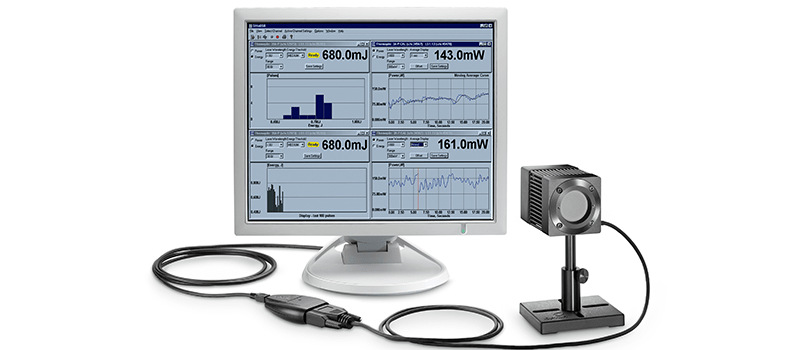
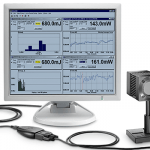
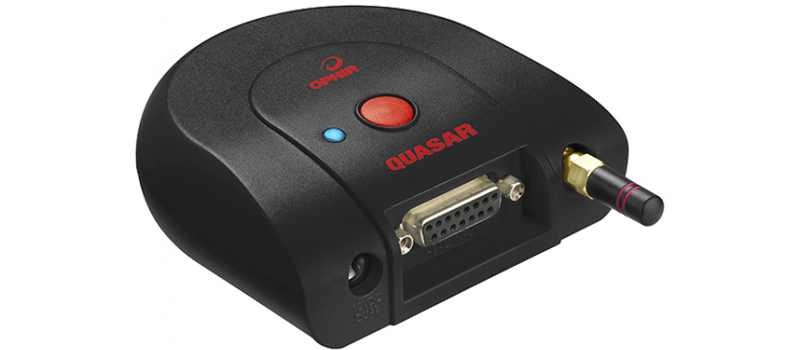
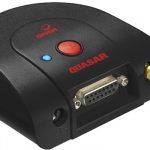





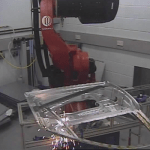


Leave a Reply
Your email address will not be published. Required fields are marked *